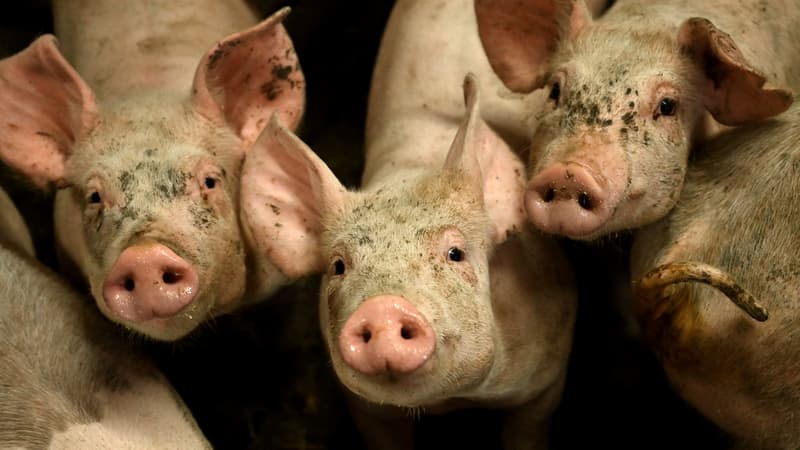Last month, the World Health Organization (WHO) expressed “great concern” about the spread of the H5N1 strain of bird flu to new species. In early April, in the United States, a Texas farmer was contaminated by one of his dairy cows.
According to immunologist Brigitte Autran, president of Covars (Committee for Monitoring and Anticipation of Health Risks), there is one animal in particular that must be closely monitored: the pig.
“What is really worrying, and which can promote a human epidemic, is the transfer of the virus currently present in birds and now in cows to pigs,” he explained to Europa 1 this Friday, May 10. “The real risk is really the pork.”
A risk of “recombination”
According to the president of Covars, in pork or pigs there may be “several flu viruses present at the same time that will produce what in our jargon we call a ‘recombination'” capable of causing a “modification of the virus that could become highly transmissible to humans.”
However, Brigitte Autran insists on a reassuring fact: “To date there has been no transmission from person to person, nor has there been any in the 20 years that we have known about the existence of this virus.”
According to WHO figures, the H5N1 virus has demonstrated “an extraordinarily high mortality rate” among people contaminated by contact with infected animals.
Between early 2023 and April 1, 2024, the WHO said it recorded a total of 889 human cases of bird flu in 23 countries, including 463 deaths. That is, a fatality rate greater than 50%.
Source: BFM TV


